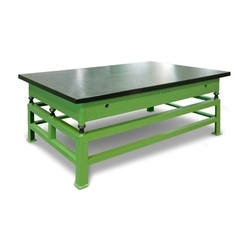Description
Snap gages are used in production settings where specific diametrical or thickness measurements must be repeated frequently with precision and accuracy. Snap gages are mechanical gages that use comparison of the physical movement and displacement of a gaging element (e.g., spindle, slide, stem) to determine the dimensions of a part or feature. In this case, snap gages are similar to:
- micrometers
- calipers
- indicators
- plug gages
- ring gages
Snap gages are for both English and metric measurement configurations.
Types
Snap gages are available in fixed and variable forms. The variable forms often have movable, top sensitive contact attached to an indicator or comparator. The nonadjustable or fixed limit forms typically have a set of sequential gaps for go/no-go gaging of product thickness or diameter.
Fixed limit snap gages are factory set or are otherwise not adjustable by the user. A common example of this type of device is the AGD fixed limit style snap gage. These gages are set to go/no-go tolerances. A snap gages’ go contact dimensions are based on the maximum tolerance of the round bar, thickness, or part feature being gaged. No-go contact dimensions are based on the minimum tolerance of the round bar, thickness, or part feature being gaged by the snap gage.
Variable, or top sensitive contact, snap gages use a variable contact point that moves up during part gaging. The contact point moves providing a go/no-go gaging range. The top contact is normally connected to a dial indicator that provides visual indication of any diametrical or thickness variations.
Features
There are a number of optional snap gage features that can aid in gaging speed or extending the measurement range of a particular snap gage. These features include interchangeable anvils, locking, and back or part support. Snap gages having replaceable anvils, contact points, styli, spindles, or other contacting tips or faces allow for gaging of many different items easily. Back or part support involves a protrusion or stem located behind a part to hold or stop the part from moving past a certain point during gaging. Similarly, lockable devices have a slide or spindle on the gage that can be locked in a fixed position. Both of these features can be used to quickly foster go/no-go gaging.










